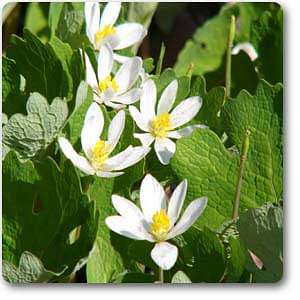
Bloodroot - Plant
(MRP Inclusive of all taxes)
- Shipping ₹79 for entire order
- Dispatch in 7 days
- Country of origin: India

(MRP Inclusive of all taxes)
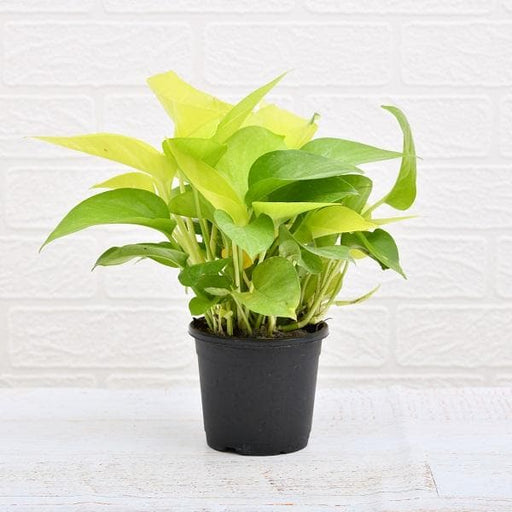 Save 29%
Save 29%
Air Purifier Money Plant with Pot The Air Purifier Money Plant, also known as Pothos or Epipremnum aureum, is a stunning indoor plant that...
View full details
 Save up to 15%
Save up to 15%
Peace Lily, Spathiphyllum - Plant The Peace Lily, scientifically known as Spathiphyllum, is a stunning houseplant celebrated for its elegant white...
View full details
 Save 25%
Save 25%
Jasminum sambac, Mogra, Arabian Jasmine - Plant Jasminum sambac, commonly known as Mogra or Arabian Jasmine, is a fragrant flowering plant...
View full details
 Save 18%
Save 18%
Combo Constituents Includes the Parijat Tree (Night-Flowering Jasmine), a culturally significant plant with fragrant flowers. Description The Pari...
View full details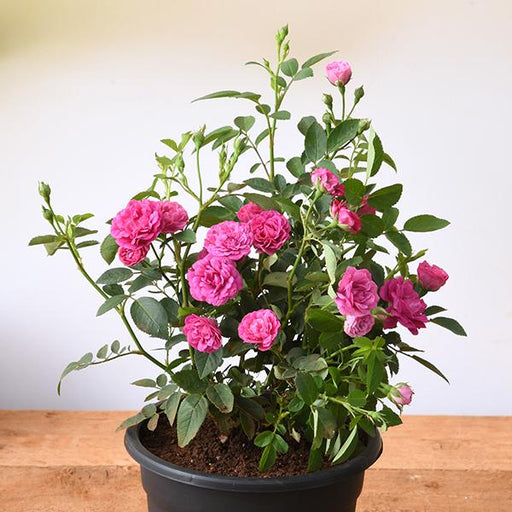
 Save 25%
Save 25%
Miniature Rose, Button Rose (Any Color) - Plant The Miniature Rose, also known as the Button Rose, is a charming and compact flowering plant that ...
View full details Save 25%
Save 25%
Damascus Rose, Scented Rose (Any Color) - Plant The Damascus Rose, also known as Rosa damascena, is a timeless symbol of beauty and romanc...
View full details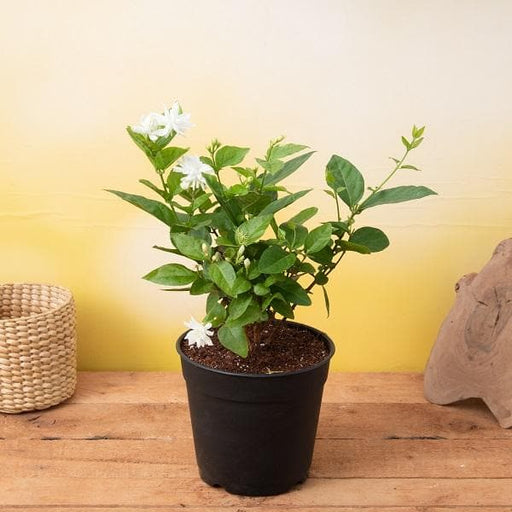
 Save 17%
Save 17%
Beautiful Fragrant Mogra, Arabian Jasmine Plant with Pot The Beautiful Fragrant Mogra, also known as Arabian Jasmine (Jasminum sambac), is...
View full details Save 15%
Save 15%
Pack of Vermicompost and Neem Cake for House Plants Transform your indoor garden with our premium Pack of Vermicompost and Neem Cake, spec...
View full details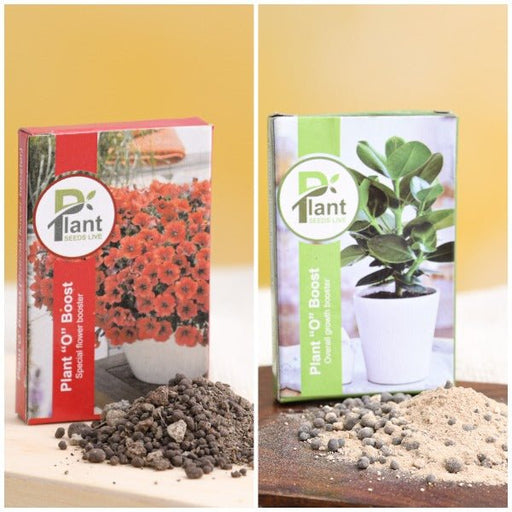
Pack of Plant Growth and Flower Boosters Unlock the full potential of your garden with our Pack of Plant Growth and Flower Boosters! This ...
View full details Save 38%
Save 38%
Combo of Jeevamrut and Neem Raksha for Easy Growth and Protection of Houseplants Transform your indoor garden with our exclusive combo of ...
View full details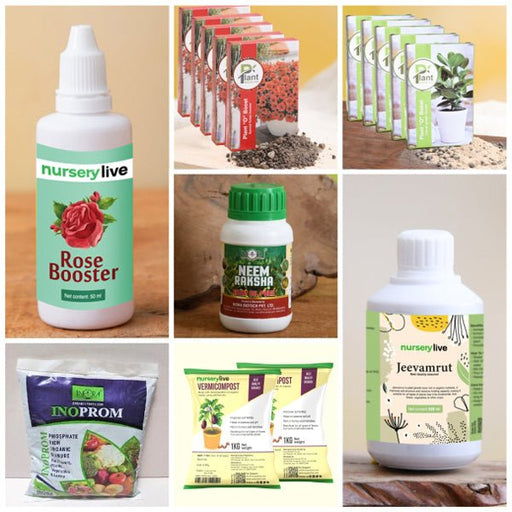 Save 22%
Save 22%
Plant Nutrients Kit (Pack of 16) for a Healthy Garden Transform your garden into a lush paradise with our Plant Nutrients Kit, featuring 1...
View full details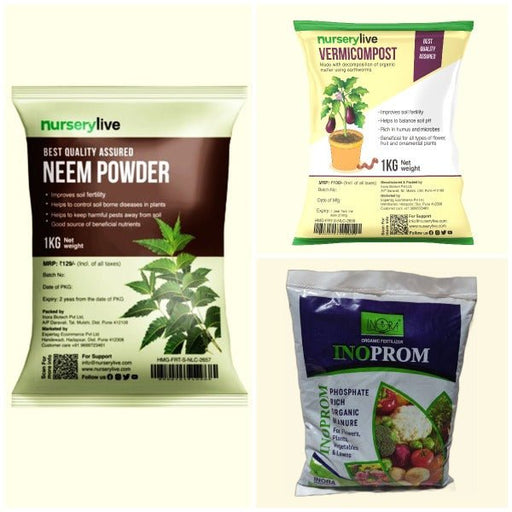 Save 16%
Save 16%
Combo of Top Plant Fertilizers Elevate your gardening game with our exclusive Combo of Top Plant Fertilizers, featuring two bags of premiu...
View full details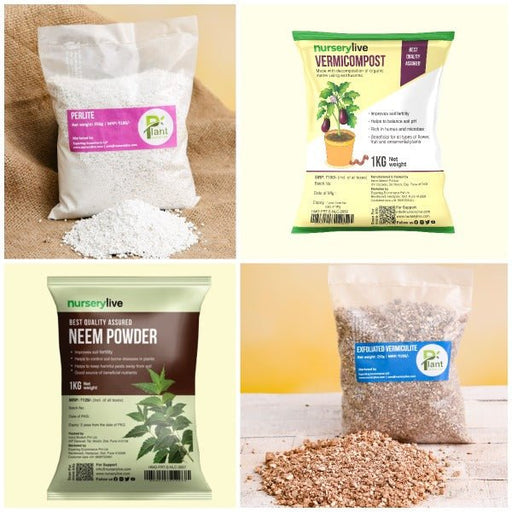 Save 24%
Save 24%
Pack of 4 Additives to Make Soil Healthy and Nutrient Rich Transform your garden into a thriving ecosystem with our Pack of 4 Additives de...
View full details Save 30%
Save 30%
Transform your gardening experience with our premium Combo of Perlite and Vermiculite. This unique blend is designed to enhance soil aeration and ...
View full details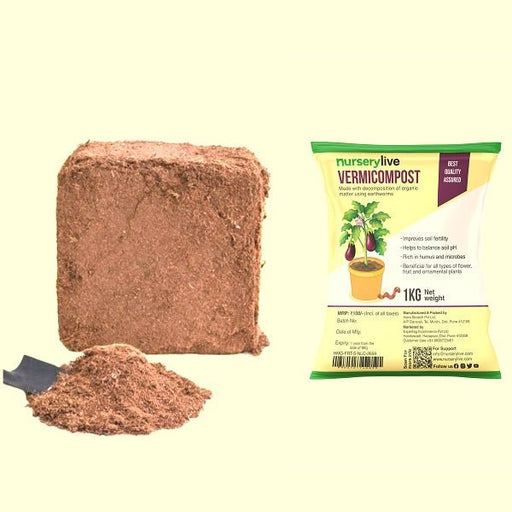 Save 27%
Save 27%
Combo of 2 Vermicompost and Cocopeat - Enrich Your Soil Naturally! Transform your garden into a thriving ecosystem with our Combo of 2 Ver...
View full details
 Save 35%
Save 35%
Best 6 Plants for Perfect Indoor Garden Transform your living space into a lush oasis with our curated collection of the Best 6 Plants for a...
View full details
 Save up to 50%
Save up to 50%
Mini Succulent Garden Pack Transform your space with our Mini Succulent Garden Pack, featuring a delightful collection of 4 any variety beautiful s...
View full details
 Save 30%
Save 30%
5 Best Fragrant Plants Transform your garden or indoor space into a fragrant paradise with our curated selection of the 5 Best Fragrant Plants. Th...
View full details
 Save 24%
Save 24%
Set of 2 Bonsai Looking Grafted Adeniums Transform your indoor or outdoor space with our exquisite Set of 2 Bonsai Looking Grafted Adenium...
View full details Save 45%
Save 45%
Top 4 Die Hard Succulents Pack Transform your indoor or outdoor space with our Top 4 Die Hard Succulents Pack, featuring a curated selecti...
View full details
 Save 30%
Save 30%
5 Best Indoor Plants Pack Transform your living space into a lush oasis with our '5 Best Indoor Plants Pack.' This carefully curated collection fe...
View full details
 Save 25%
Save 25%
Set of 4 Evergreen Air Purifier Plant Pack Transform your indoor space into a lush, green oasis with our Set of 4 Evergreen Air Purifier Pla...
View full details| SrNo | Item Name |
|---|---|
| 1 | Bloodroot - Plant |
Bloodroot (Sanguinaria canadensis) is a perennial wildflower native to North America, renowned for its striking white flowers and distinctive red rhizome. This plant thrives in shaded woodland areas and is often found in rich, moist soils. Bloodroot has a rich history in traditional medicine, where it has been used for its anti-inflammatory and antimicrobial properties. Its unique sap, which is bright red, has been utilized by Indigenous peoples for various purposes, including dyeing and medicinal applications.
What makes Bloodroot special is its early spring bloom, often emerging before the leaves of surrounding trees unfurl. This plant not only adds beauty to your garden but also supports local ecosystems by providing early-season nectar for pollinators. Its ability to thrive in shaded areas makes it an excellent choice for woodland gardens and naturalized landscapes.
One of Bloodroot's standout features is its striking foliage, which emerges as a unique, lobed leaf that cradles the flower. The plant's rhizome contains a potent alkaloid, sanguinarine, which has been studied for its potential health benefits. However, caution is advised, as the sap can be toxic in large quantities.
If you think bloodroot is just a pretty face in the plant world, think again! This botanical wonder is packed with medicinal properties that have been used for centuries. From its anti-inflammatory effects to its potential in treating skin conditions, bloodroot is like the Swiss Army knife of plants. Just remember, with great power comes great responsibility—always consult a professional before diving into the herbal remedy pool!
Picture a cozy woodland setting where bloodroot thrives, nestled among the leaf litter and dappled sunlight. This plant loves to hang out in rich, moist soils, often found in deciduous forests. It’s like the introverted friend who prefers the quiet of nature over the bustling city. So, if you’re looking to cultivate bloodroot, make sure to create a serene environment that mimics its natural habitat.
Ready to roll up your sleeves and get your hands dirty? Cultivating bloodroot is like hosting a garden party for this shy plant. It prefers shady spots and well-drained soil, so think of it as the diva of the garden. Plant it in the fall or early spring, and watch as it unfurls its stunning white flowers, making your garden the talk of the town!
Bloodroot isn’t just a pretty plant; it’s a multitasker! Traditionally used by Native Americans for various ailments, this herb has found its way into modern herbalism. From tinctures to poultices, bloodroot is like the overachiever of the plant kingdom. Just remember, while it has its uses, moderation is key—too much of a good thing can lead to trouble!
Spotting bloodroot in the wild is like finding a hidden gem. With its distinctive white flowers and lobed leaves, it’s hard to miss! The plant typically blooms in early spring, making it a delightful surprise after a long winter. Just be careful not to confuse it with other look-alikes; after all, you wouldn’t want to invite the wrong plant to your garden party!
While bloodroot has its perks, it’s not all sunshine and rainbows. This plant contains alkaloids that can be toxic in high doses. Think of it as the wild child of the plant world—fun to have around, but you need to set some boundaries. Always do your homework before using bloodroot for medicinal purposes, and keep it away from pets and small children!
Bloodroot has a rich history that dates back to ancient times. Used by Native Americans for its medicinal properties, this plant has been a staple in traditional medicine. It’s like the wise elder of the plant kingdom, passing down knowledge through generations. So, when you plant bloodroot, you’re not just growing a plant; you’re cultivating a piece of history!
Looking to add a touch of elegance to your garden? Bloodroot is the perfect candidate! With its striking white flowers and lush green leaves, it can brighten up any shady spot. Think of it as the stylish friend who always knows how to make an entrance. Just be sure to plant it where it can shine without too much competition from other plants!
Want to spread the love? Propagating bloodroot is easier than you might think! This plant can be grown from seeds or by dividing its rhizomes. It’s like sharing a secret recipe with friends—once you get the hang of it, you’ll want to share it with everyone. Just remember to give each new plant plenty of space to grow and thrive!
Bloodroot isn’t just a pretty face; it’s also a wildlife magnet! Bees and butterflies are drawn to its lovely flowers, making it a fantastic addition to any pollinator garden. It’s like throwing a party and inviting all the cool kids! By planting bloodroot, you’re not just beautifying your space; you’re also supporting local ecosystems.
If you’re into herbal remedies, bloodroot is a name you’ll want to remember. This plant has been used for various ailments, from respiratory issues to skin irritations. It’s like the herbalist’s secret weapon! However, always approach with caution—consult a professional before diving into the world of herbal medicine, because not all remedies are created equal.
As with many native plants, bloodroot faces threats from habitat loss and overharvesting. It’s like the endangered species of the plant world, needing a little extra TLC. By planting bloodroot in your garden, you’re not just beautifying your space; you’re also playing a part in conservation efforts. So, let’s give bloodroot the love it deserves and help it thrive for generations to come!
Bloodroot is a perennial wildflower native to North America, known for its striking white flowers and distinctive red rhizome. It’s like nature’s little magician, popping up in early spring and disappearing before summer, leaving behind a legacy of folklore and medicinal uses. Just don’t confuse it with your average garden plant!
Bloodroot thrives in rich, moist woodlands, often playing hide-and-seek under deciduous trees. It loves shady spots, making it the introvert of the plant world. If you’re looking to cultivate it, think of a cozy forest nook rather than a sunny garden bed. It’s all about that low-light lifestyle!
Bloodroot has a history steeped in traditional medicine, often used for its anti-inflammatory and antimicrobial properties. However, it’s not a miracle cure; think of it as a herbal sidekick rather than the superhero. Always consult a healthcare professional before trying it out—no one wants a botanical blunder!
Yes, Bloodroot is toxic if ingested in large quantities. Its rhizome contains alkaloids that can cause nausea and other unpleasant symptoms. So, while it may look like a charming woodland friend, treat it with respect. Admire it from a distance, and leave the nibbling to the rabbits!
Propagating Bloodroot is like a botanical treasure hunt! You can do it by dividing the rhizomes in early spring or fall. Just make sure to plant them in a shady spot with rich, well-drained soil. Patience is key, as they take a while to establish—good things come to those who wait!
Bloodroot typically blooms in early spring, around March to April, just when you’re ready to shake off winter’s chill. Its delicate white flowers are a delightful sight, often emerging before the leaves fully unfurl. It’s like the plant version of a surprise party—unexpected and utterly charming!
Yes, Bloodroot can be grown in a garden, but it prefers a woodland setting. If you’re aiming for a naturalistic garden, it’s a perfect fit! Just ensure it has plenty of shade and rich, moist soil. It’s the perfect plant for those who want to channel their inner forest fairy!
Bloodroot features large, lobed leaves and striking white flowers that bloom in early spring. Its rhizome is bright red, giving it a unique flair. This plant is a true woodland diva, thriving in shady spots and adding a touch of elegance to any natural landscape. Just don’t expect it to share the spotlight!
Bloodroot is generally considered deer resistant, as its toxic properties make it unappealing to these four-legged munchers. However, hungry deer can be unpredictable, so it’s not a foolproof plan. If you’re looking to keep your garden safe, consider pairing it with other deer-resistant plants for a botanical fortress!
Caring for Bloodroot is a breeze! Plant it in well-drained, rich soil in a shady spot, and let nature do its thing. Water it during dry spells, but don’t drown it—this plant prefers a more laid-back lifestyle. Just sit back, relax, and enjoy its seasonal show!
Bloodroot has a rich history, used by Native Americans for various medicinal purposes and as a dye. It’s like the plant equivalent of a wise old sage, steeped in tradition and folklore. Today, it’s appreciated for its beauty and unique characteristics, making it a beloved addition to wildflower gardens.
Absolutely! Bloodroot can add a touch of elegance to shaded areas in your landscape. Its early spring blooms provide a lovely contrast to the emerging greenery. Just remember, it prefers a woodland vibe, so think of it as the shy artist in your garden, thriving in the background!